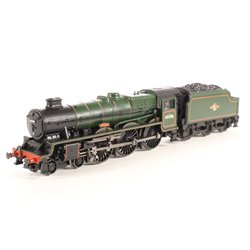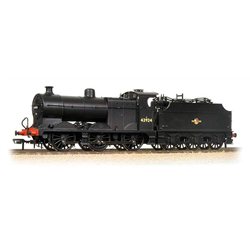Mainline Railways was a British model railway brand that operated between 1976 and 1983, introduced by Palitoy, the...
No products
Product successfully added to your shopping cart
There are 0 items in your cart. There is 1 item in your cart.
Search Tips
Easter shipping
Please note that couriers are not collecting on Friday 18th and Monday 21st April.
Orders will be dispatched on Tuesday 22nd April
How to recognise the British Rail late crest logo?
In 1955 British Railways was looking to the future and drew up a modernisation plan, this ultimately led to the mass introduction of diesels and electrics replacing our beloved steam motive power, but it also led to a revised logo being used on engines and rolling stock, the new logo was to be known as the lion and wheel emblem.
Until now, British Railways had been using what is commonly known as the early emblem, this was a depiction of a lion standing over the top of a huge railway wheel, the lion and its wheel were pretty much of equal size and the name British Railways was stamped through the middle of the wheel. The new logo on the other hand, was a depiction of a lion holding a much smaller wheel, also on the new logo the lion is standing in a crown that's adorned with a rose, thistle and leek to represent England, Scotland and Wales. The name British Railways was still visible on the new emblem but this time was not stamped through the middle.
There were a few variations of the new emblem, on engines a circle encompassed the lion with rectangles placed on either side to accommodate the words British and Railways, this gave the new emblem the same silhouette as London Transport's motif. On coaches, the lion was also encompassed by a circle, but this time British Railways was printed around the circumference of the logo giving the whole emblem a circular silhouette.
Both designs (although part of a modernisation plan) did little to help diesel and electric locomotives appear modern, so a cast-aluminium version of the lion and wheel was designed specifically to complement the electric blue livery that was being applied to new electric locomotives.
Eventually, it was decided that both the lion and the spoked railway wheel was a little old fashioned regardless of how it was presented, the design was replaced in 1965 with the British Rail Double Arrow logo that's still used to this day on tickets and station signs.
Click here to receive the tips weekly in your mailbox. You can unsubscribe at any time.










